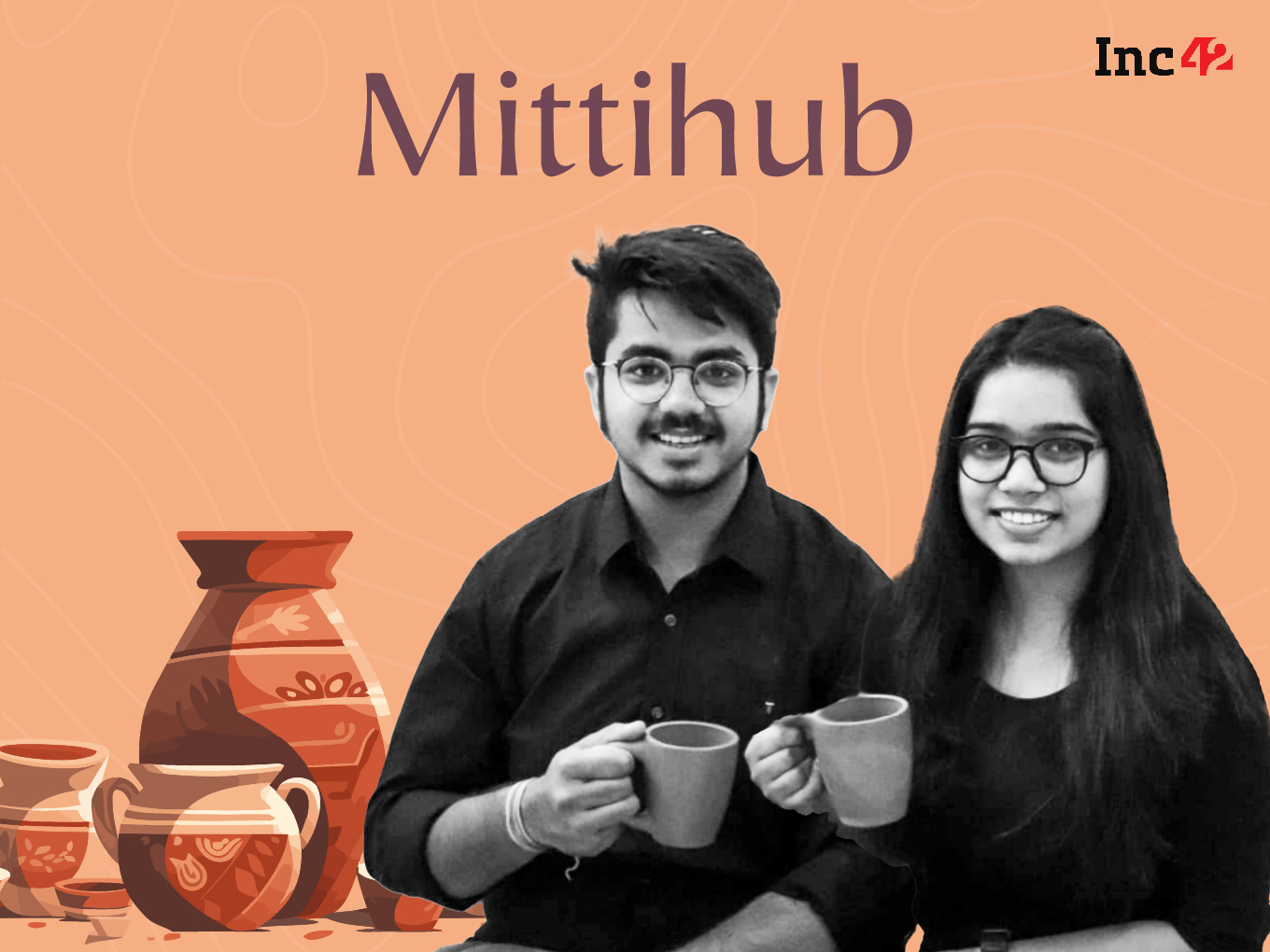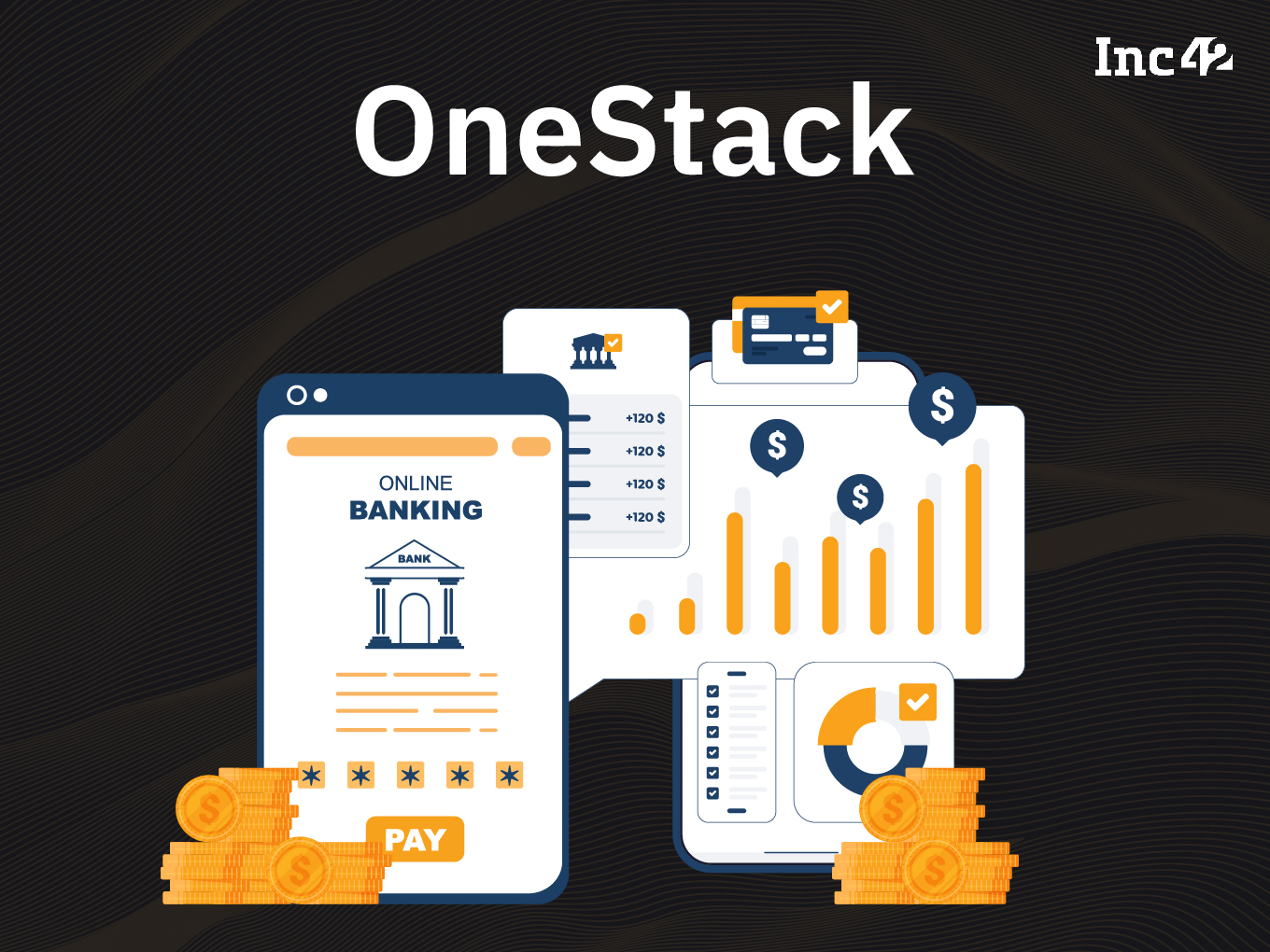Coding for kids is clearly a rage in India’s edtech sector right now, with nearly every other startup looking to build capacity to train kids in 21st century skills. While there are a multitude of players innovating in this space, a majority are dealing with building skills to develop software or games. But while those are the two largest beacons that attract parents and kids, the future of tech will not just be about software development — STEAM education needs to cover robotics, internet of things (IoT), artificial intelligence (AI) and more.
The question staring innovators and educators has always been: is it too early to teach kids these high-tech concepts? Sharad Bansal, cofounder of Tinkerly, thinks it’s possible. Tinkerly’s custom coding courses for students of grades 1-12 are said to blend theory and practical learning techniques, along with a focus on off-screen learning through interactive kits and labs.
“With Tinkerly’s coding classes, kids can shut down their computers while building their own robot or an AI-powered Pet dog, and take inspiration from thousands of other kids in Tinkerly’s community of STEM enthusiasts,” said Bansal.
Tinkerly’s STEM Learning and Coding course includes grade-wise concepts of logic, AI, IoT & coding for students from grades 1 to 12. There are four basic divisions of grade levels such as grade 1-3, grade 4-6, grade 7-8, and grade 8+. Each grade consists of two packages – Learner and Achiever.
The Learner is a package for foundational learning which consists of eight recorded lessons and three live 1:1 sessions with expert educators. Whereas, the achiever package starts from foundational learning, followed by simulation-based projects and then real projects on AI, Robotics, and IoT. The achiever package consists of 24 recorded lessons and nine Live 1:1 sessions with expert educators along with a one STEM kit.
With these offerings, Tinkerly targets the 64 Mn aspiring middle class households in India that earn between INR 5-15 Lakh per annum. The learner and achiever courses are priced at INR 6K and INR 16K respectively for each grade level.
“There are 250 Mn kids in India but currently coding courses in the market are priced too high to serve only the top 5% of them. Our aim is to provide equal opportunity to each and every learner irrespective of their socio-economic status. Tinkerly’s experience in setting up Tinkering labs in schools has given us this advantage of using our proprietary kits and curriculum to save time and scaling cost,” said Bansal.
Proprietary AI Learning Kits
Founded by Bansal, Vivek Pathak, OP Godara, and Kapil Arya in 2015, Tinkerly started as a B2B offering formerly known as Srjna. In this B2B model, the company partnered with schools to set up STEM labs for students. These labs include 200 types of equipment including existing products like Legos, 3D printers, drones, along with many others proprietary educational kits built by the company.
The company also offered schools an entire curriculum of 30 weeks for each grade from grade 6 to grade 10, as well as grade 3 to grade 5. Tinkerly labs usually cost around INR 5 Lakh – INR 7 Lakh to schools, although the company also has programs for INR 50K.
“In the process, when we were working with schools, we also parallely developed kits that we found that are not available in the market. For instance, there are kits and toys available for AI consumption, but not for creation of AI products. Similarly, there are not good enough kits available for learning IoT,” said Bansal.
The Jaipur-based company has built three types of kits — one for IoT learning, second for AI learning (company has filed a patent for this kit) and third one is a basic science exposure kit. Development of these kits and course curriculum is done in-house by the Tinkerly team, about 40% of the 18-member team at Tinkerly is involved in the content and product development.
The kits are developed by electrical engineers, mechanical engineers, product designers, interaction designers and educational experts, so there’s a lot of experience behind this approach. Tinkerly also workers with a committee of school teachers to get ideas on the teaching methodology to be used in its courses. While the packaging and assembling is done in-house, Tinkerly does outsource the manufacturing of the kit.
Blending School Learning With Technology
Another differentiator between Tinkerly and its competitors like Flintobox and Smartivity Labs is the positioning of the product as an educational kit rather than a toy. According to Bansal, in the Indian and Chinese markets, people don’t perceive toys as educational tools. If the toys are not linked with learning, kids would use the toy for a week or so and then get bored, but when you link them with the school curriculum or a learning outcome, the engagement increases to three months.
Even though Tinkerly is differentiating itself from the competitors based on its proprietary curriculum, school network and learning kits. Competitors like Lightbox-backed Flintobox and S.Chand-funded Smartivity Labs do have an advantage over Tinkerly in terms of established distribution network and strong capital backing. Tinkerly has till now raised seed funding from SucSEED venture partners, Gray Matters Capital, Keiretsu Forum and Rajasthan Angels.
Tinkerly’s projects and activities are not limited to just science concepts; the company has included regular curriculum-based lessons in these projects. For instance, in the case of a sixth graders who is reading a chapter about rainbows, the app will have activities on how the rainbow’s light effect could be applied in an IoT experiment.
“So we correlated science with technology in a manner that it makes sense for both ninth graders and sixth graders. Because we have related tech applications with the science concepts that they are learning in school. That’s how the foundational training starts in Tinkerly’s courses but once the students are interested there are no limitations of school grade for the learners,” said Bansal.
Free App For Wider Reach
In addition to paid courses and school labs, the company also has over 200 projects on coding, robotics, AI, and other STEM subjects available on a free mobile app Let’s Tinker.
“When a teacher teaches a concept to say 500 students in a school, there are always some 100-200 students who are excited about learning more about its applications. So the teacher usually recommends these students to visit our app and access the free activities and projects,” said Bansal.
So any child that wants to learn organically without spending money can learn from the free app. And for the ones who want to do a structured course on say, coding with robotics, or coding with IoT, or coding with AI, these courses are offered in form of a complete three months paid curriculum.
During the lockdown, the Let’s Tinker app is said to have grown from 8K users in March to around 35K users in August. Teacher-based referencing is currently the primary source of user acquisition for Let’s Tinker app, which boasts of over 10K downloads on Google Play Store.
“Teacher recommendations work very well for us, this effect is similar to how teacher-recommended reference books used to sell the most during earlier days. We get a similar advantage by working with schools,”said Bansal. The company has partnered with 250 schools in the past five years, out of which 60% schools are from Tier 2 and Tier 3 cities.
Paid courses on the app were launched six weeks ago and have seen around 1K paid subscribers. The company claims to have marketed these courses to only a fraction (5K) of its 35K users. Out of which, around 6% of the users who received notifications and SMS about these courses have converted.
Roadmap For Scaling Paid Users
“We don’t want to do it in a sponsoring or marketing manner, we are doing some analytics, so they get automatic recommendations based on their likes and interests. So that way, we would be able to increase this conversion rate to about 7% to 8%,” said the founder.
The company aims to gain its first 5K customers from its existing school network and 35K app users. However, Bansal acknowledges that there are limitations to the growth potential from the school side and so after 5K users the company will also focus on paid marketing, advertisements, direct information channels and social media.
Currently, on an average around 35% users on the app are monthly active users and roughly around 13K users are regularly participating in the app quizzes. Further, these users are spending around 15-20 minutes on the app in the span of three to four days. However, the company does not consider app engagement as a metric for traction because the end goal is learning and thus the traction should be measured in terms of the learning outcome.
“We consider completion of content and video ratings as the indicative metric for our content evaluation.”
According to Bansal, the average rating of app content is around 4.3. In terms of measuring learning outcomes, the company has incorporated quizzes after each free activity on the app and for paid courses, both quizzes and assignment submissions are used to measure student’s learning.
Last year, Tinkerly claimed to have made a revenue of almost INR 5.5 Cr. This financial year, the first quarter was challenging for the company but is now said to be seeing pre-Covid figures. The company is currently making about INR 5 Lakh – INR 6 Lakh on a monthly basis and projects to make INR 1 Cr per month revenue in the next ten months, based on the current conversion rate in app users and limited investment in user acquisition.
The post Tinkerly Looks To Infuse STEM Courses With Practical AI, IoT & Robotics Kits appeared first on Inc42 Media.

 3 years ago211
3 years ago211







 English (US)
English (US)